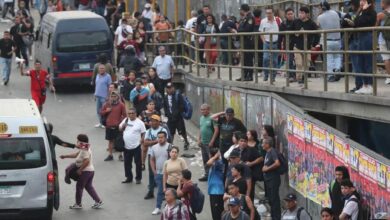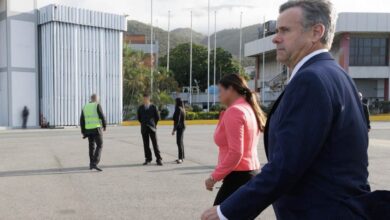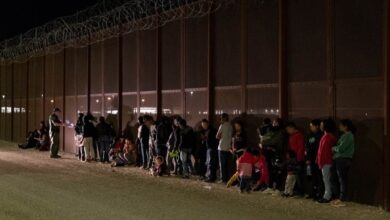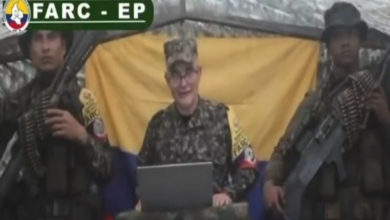Latin America’s Endangered Archaeological Sites
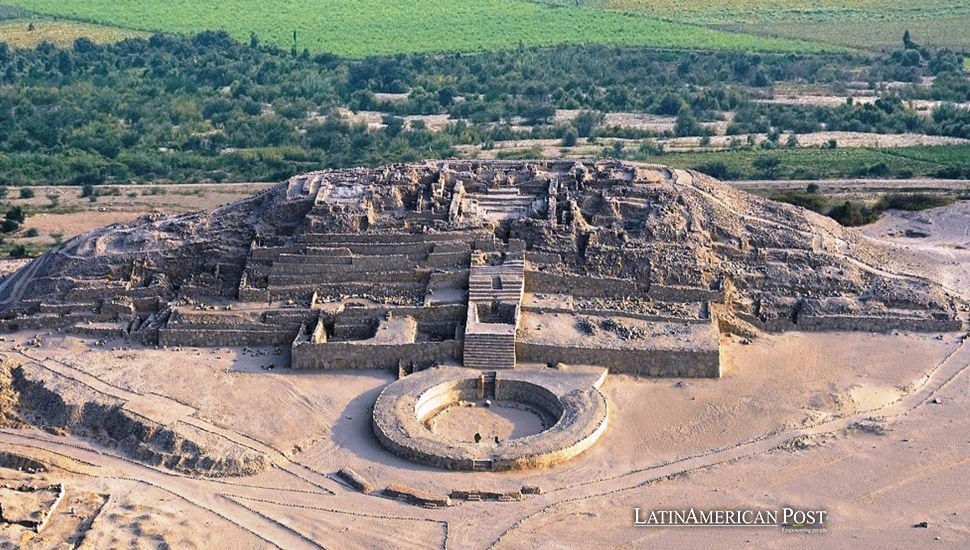
The Peruvian government has vowed to take immediate action to address security threats facing the ancient archaeological site of Caral, home to the oldest civilization in the Americas. As other Latin American sites face similar dangers, urgent measures are needed to protect these irreplaceable cultural treasures.
The ancient city of Caral, located in Peru’s coastal Barranca province, has long been a symbol of human ingenuity, cooperation, and cultural development. Known as the cradle of the oldest civilization in the Americas, dating back 5,000 years, Caral is a testament to an advanced society that thrived on agriculture and trade. However, this historic treasure is now under serious threat as illegal land occupiers, often backed by hired criminals, attempt to take over the site.
Ruth Shady, the renowned Peruvian anthropologist who has spent 30 years studying and protecting Caral, recently reported receiving death threats from groups intent on seizing the land. The threats have extended to her legal team and the archaeological center’s staff, many of whom have resigned due to the dangerous environment. According to Shady, police security around Caral has significantly diminished in recent weeks, allowing these groups to act with increasing impunity.
“These groups have hired hitmen to carry out invasions,” Shady warned, highlighting the urgent need for government intervention. Without immediate action, this invaluable piece of history and its insights into ancient human civilization could be lost.
The Peruvian Government’s Response
In response to these alarming developments, Peru’s Minister of Culture, Fabricio Valencia, met with Ruth Shady to discuss measures for safeguarding Caral. Valencia reassured the public that the government is committed to protecting the site and its staff.
“We are offering our full support and backing to Ruth Shady in the face of these threats,” Valencia declared after the meeting. “Immediate actions will be taken, with the help of various state sectors, to resolve this issue at the highest level. Our priority is to ensure the safety of Caral and everyone working to preserve it.”
The government’s pledge to act swiftly is encouraging, but the stakes are incredibly high. The preservation of Caral is not only a matter of national pride for Peru but also of global importance. As one of the most significant archaeological sites in the world, Caral provides invaluable insights into early human organization, societal development, and the environmental factors that shaped ancient civilizations.
Other Threatened Archaeological Sites in Latin America
The situation in Caral is not unique. Across Latin America, numerous archaeological sites face similar threats from land invasions, looting, and environmental degradation. These sites are often located in remote or underdeveloped areas, making them particularly vulnerable to exploitation.
One such site is Teotihuacan, located near Mexico City. Known for its massive pyramids and advanced urban planning, Teotihuacan has faced repeated threats from illegal construction and encroachment by local developers. In 2021, a private company began bulldozing a section of the site to make way for a housing development, leading to outrage from archaeologists and conservationists. Although the Mexican government eventually intervened, the damage had already been done, and the incident highlighted the ongoing vulnerability of even well-known sites.
In Guatemala, Tikal, one of the most famous Mayan cities, has long been targeted by looters who steal valuable artifacts to sell on the black market. Despite efforts by the Guatemalan government to protect the site, Tikal’s vast, jungle-covered ruins make it challenging to monitor, allowing looters to operate with relative impunity. These illegal activities rob the world of precious historical artifacts and threaten the site’s structural integrity.
Further south, in Bolivia, Tiwanaku, the capital of an ancient civilization that predated the Inca, faces a different threat. The site, designated a UNESCO World Heritage Site in 2000, is vulnerable to climate change and flooding damage. Heavy rains in recent years have eroded parts of the site, and without sufficient funding for conservation efforts, Tiwanaku’s unique stone structures could be lost forever.
The Role of Organized Crime and Political Instability
One of the most troubling aspects of the threats facing Caral and other sites is the involvement of organized crime. In many cases, land invasions and illegal construction are backed by powerful criminal groups who use violence and intimidation to achieve their goals. These groups often operate with impunity in areas where government presence is weak or nonexistent, making it difficult for local authorities to intervene.
In Caral’s case, Ruth Shady specifically mentioned the presence of “hired hitmen” working for those attempting to seize the land. This alarming development raises questions about the broader influence of organized crime in Latin America’s rural and archaeological areas. If governments cannot assert control over these regions, many more sites could fall victim to similar tactics.
Political instability also plays a role in the vulnerability of these sites. In countries where governments are struggling to maintain order or are distracted by other crises, the protection of cultural heritage often takes a back seat. For example, in countries like Venezuela and Nicaragua, where political turmoil and economic collapse have dominated the national agenda, there has been little focus on preserving archaeological sites, leaving them exposed to looting and destruction.
Solutions and Path Forward
Protecting Latin America’s archaeological sites requires a multifaceted approach that addresses immediate security concerns and long-term conservation needs. Governments must prioritize the protection of these sites by providing adequate funding for security and conservation efforts. This includes increasing the presence of law enforcement in vulnerable areas and ensuring that sites like Caral have the resources they need to protect staff and prevent invasions.
In addition to government intervention, international organizations such as UNESCO must continue to play a crucial role in protecting these sites. By designating more sites as World Heritage Sites, UNESCO can help bring global attention and resources to the preservation efforts. However, international recognition alone is not enough. It must be accompanied by concrete action on the ground, including partnerships with local communities to ensure they have a stake in protecting their cultural heritage.
Community involvement is critical to the long-term survival of these sites. In many cases, local communities are the first line of defense against looters and land invaders. By involving these communities in conservation efforts and providing them with economic incentives to protect the sites, governments can help build a culture of preservation that extends beyond government action.
Finally, addressing the root causes of land invasions and looting—such as poverty, lack of economic opportunities, and weak governance—is essential. Governments can reduce the pressure on archaeological sites and ensure their long-term protection by investing in rural development and creating alternative livelihoods for those who might otherwise turn to illegal activities.
Also read: Continuing Impact Fifty Years After Latin America’s Deadliest High-Rise Fire
Caral’s situation is a stark reminder of the challenges in protecting Latin America’s rich cultural heritage. As the Peruvian government works to secure the site from land invaders and criminal groups, other countries must also take action to safeguard their archaeological treasures. From the pyramids of Teotihuacan to the jungle ruins of Tikal, Latin America’s ancient sites are irreplaceable windows into the past. Protecting them is a matter of national pride and a global responsibility. Without urgent action, we risk losing these treasures forever.

